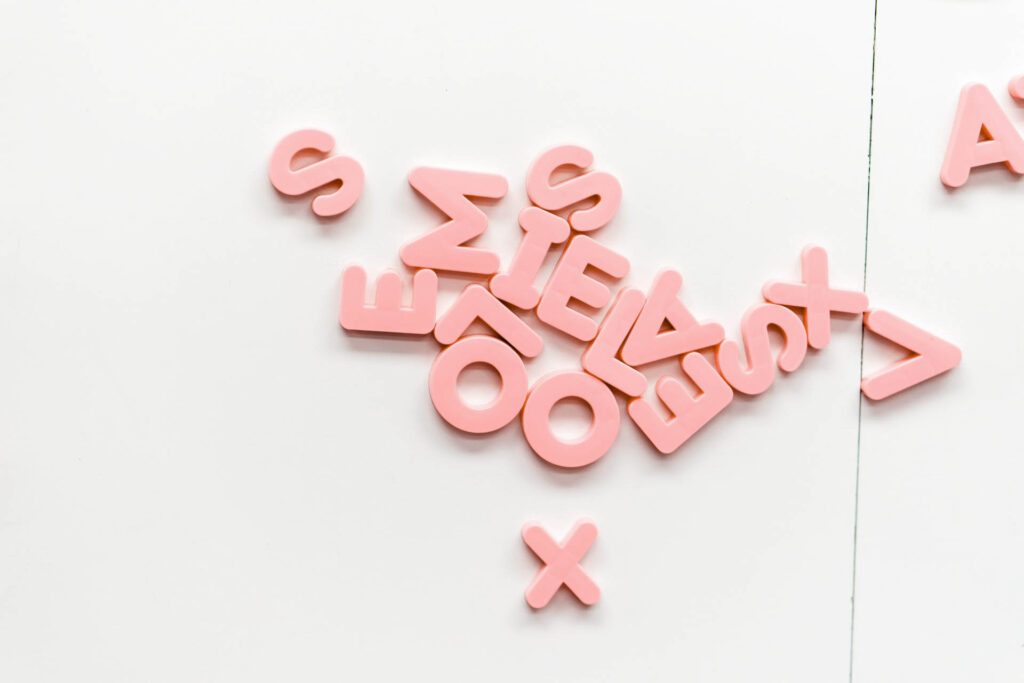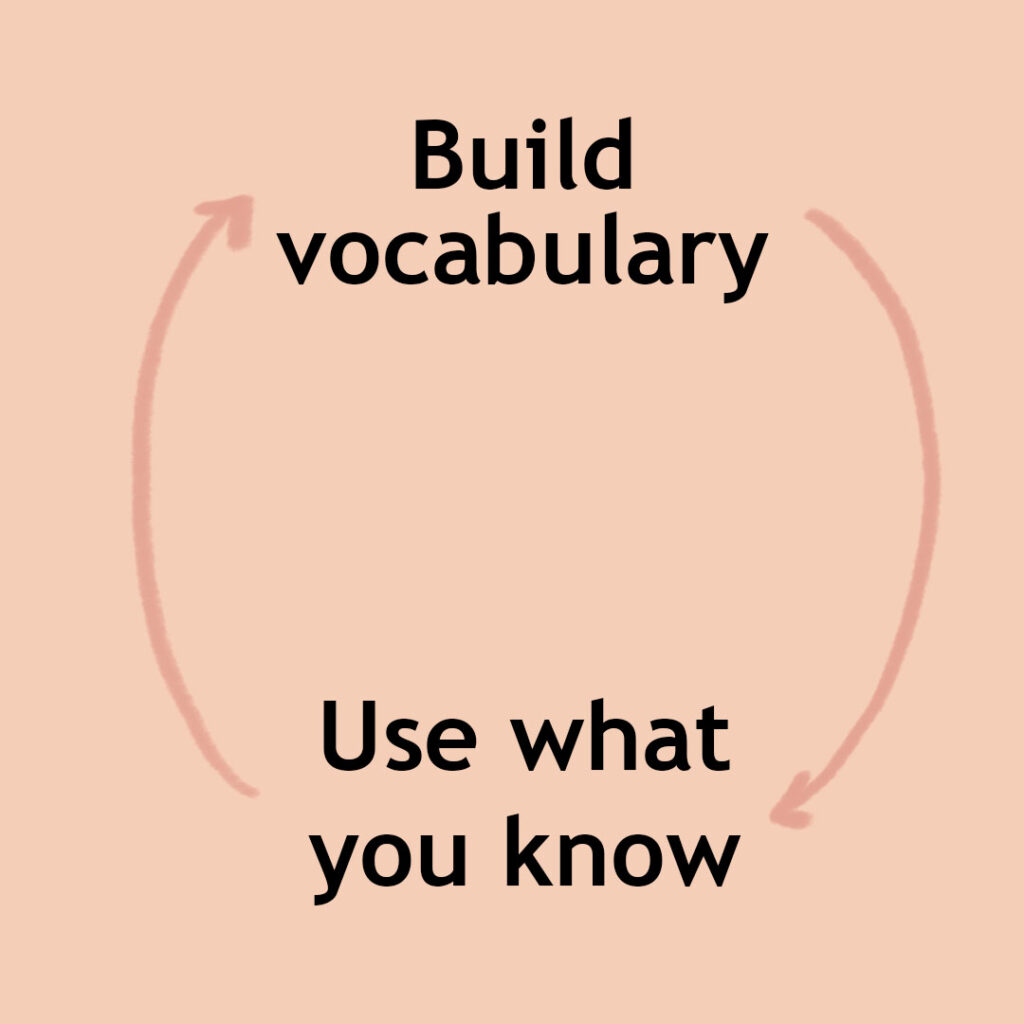To learn a language is a simple process, but that doesn’t mean it’s easy.
It requires effort and dedication and, depending on the person and situation, time.
You’ll find the two things you need to learn a foreign language as well as tips to implement your learning in your lifestyle.

The 2 steps to learn any language:
1. Build your vocabulary
You can see a language as building blocks. To be a functional beginner you need 500 words whilst with 1000 you can get around with most conversations.
A thousand words can sound like a lot but it’s actually quite manageable, as a reference this post has 699 words in total among which only 274 unique words.
If you learn 3 words a day, you’ll be at a conversational level in a year. If you learn 10 words a day, you’ll get there in a bit longer than 3 months.
Each word is a building block that you can play with, mix and match, to form sentences.
They are the base to learn a language.
2. Use your knowledge
So if words are like LEGOs, sentences are the castles or towers you build with them.
When you build a tower out of LEGOs, you have to look for and find the pieces that fit together.
Sometimes you look for one block and realise you don’t have it in the pile in front of you. You might have to get some more pieces to continue building your tower.
Learning a language is very similar to this process.
You have to form sentences and use what you know to realise which piece you need.
Once you identify what you don’t know, you can add those words to your vocabulary and keep going.
If you don’t use your knowledge, you don’t stimulate your brain to retain the information.
A brain is a very efficient system, adapting constantly.
If you keep telling your brain to learn new words but never use them, it won’t find it useful to keep them around.
However, if you build sentences every so often, it strengthens the connections in your brain to make the new language information accessible and ready to go.
Those are the two steps that you need to follow and repeat constantly until you feel proficient in your target language.

A few tips to learn a language:
– Get an app
The convenience of an app makes it a great ally to learn a language.
It’s an available alternative to Instagram and mindless strolling.
You can use your existing habit of using your phone to build a new habit to learn a language.
I use Duolingo as it’s free and pretty well made in my opinion, but use whatever app works best for you.
– Have someone to talk to
Talking to someone that knows the language has a double benefit: it motivates you to use the language and they can correct you when you make a mistake.
If you do not have that person in your life, there are apps to connect you to native speakers such as HelloTalk, Bilingua, HiNative, and Tandem.
– Talk to yourself
That’s another way to use what you know of a language that is convenient and always available even if it sounds a little insane.
You can make up dialogs for fun or write letters.
It’s a great way to use what you know and realise what you need to add to your vocabulary.
You can make up conversations in your shower or wherever people might not see you and assume you lost it.
– Immerse yourself in the language as much as possible
Moving to a place that speaks the language is the most effective way but it’s not always accessible and it can be a tad daunting.
A less drastic step is to watch movies and shows in your target language which allows you to hear the accent and pronunciation as well as learn new words. Reading books also works to develop your vocabulary.
Music, YouTube videos, newspapers, everything works to expose you to the language as much as possible.
Apply those tips consistently and regularly and you’ll be able to learn a language in no time.


